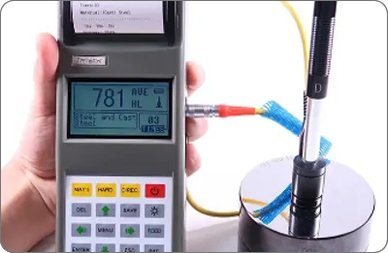Tensile Test
The Tensile Test is used to determine the strength properties of materials under static (non-impact) load by stretching them until fracture at a constant temperature. During this process, the Stress-Strain diagram is obtained. As a result of the tensile test, the following mechanical properties of the material represented by the sample can be found:




